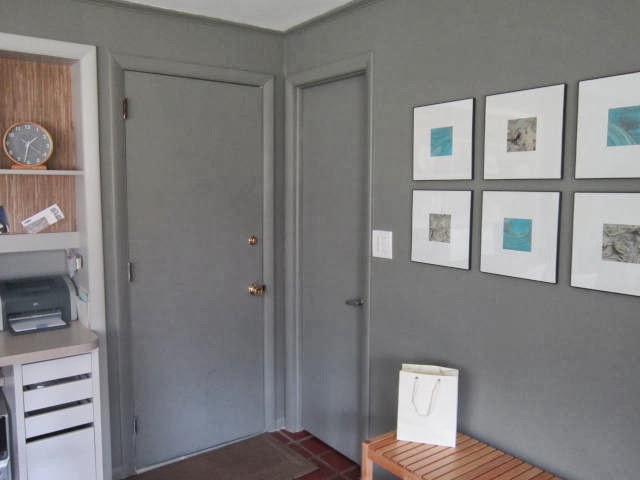
Have you ever really paid attention to the colour of something? We get taught as children that things are red, yellow, green and blue – but in reality there are millions of different colours.
And have you noticed that the colour of an object is different when outside or indoors. And that it can slightly change under a fluorescent light when compared to being under natural light?
Colour and contrast can be used to help people with sight loss and dementia to identify key features and rooms.
As people get older, due to natural thickening of the lens of the eye, there are changes that happen that alter the way we see and perceive colours. For example, the thickening and yellowing of the lens alters the way colour is perceived.
So as people get older, changes that may occur include;
The human perception of colour is dependent on the pigment colour of objects and on light;
Pigment colours are ‘subtractive’ because when mixed together they form a colour close to black, which is the ‘absence of colour’. The colour wheel shows the three primary colours (red, yellow, blue) and secondary colours (orange, purple, green). These colours can vary along three dimensions
Light is also a vital part of our perception of colour. The way we perceive colour is a combination of the pigment colour of objects/surfaces in the environment and the colours in the light that reflect off the objects/surfaces in the environment.

Having a colour contrast between object can makes things more obvious for the person who may have trouble differentiating colour by adding clarity to the environment. For example, using a red placemat under a white plate, or having chairs contrast with the floor.

When there is a lack of contrast, objects/elements can blend with their surroundings. In aged care, this could utilised to conceal exit doors so that residents don’t use them to leave the facility. Patterns with subtle low colour contrasts can be used for flooring or walls.
For some older people with dementia, changes in colour and lightness/darkness can be perceived in changes in floor level – meaning they might see steps, holes or slopes where there aren’t any.
Striped, specks or chequered patterns can be perceived as “holes” in the ground while patterns including stripes and zig-zag lines as they could be perceived as moving objects.
Obvious colour contrasts can help define changes in flooring and the environment. Floors, skirting boards and walls should contrast clearly with each other so that the wall and floor junction can be distinguished easily.
For people with challenges in colour perception, it’s better if flooring doesn’t run up the walls as it makes it difficult for people to distinguish where the floor ends and the wall begins.
When there is a change of flooring between rooms, for example going from linoleum to carpet, it’s better if they are homogeneously coloured so that they look continuous. Highly contrasting floor colours might be perceived as a change in floor level or be mistaken for shadows.
These tips are merely a guide to help people who may have trouble with colour perception. It is important to note that too much of any colour can be over or under stimulating. While some colours can affect stimulation and mood, the combination of colours can also have a similar effect.
For more information on enabling environments for people living with dementia visit Dementia Enabling Environments.